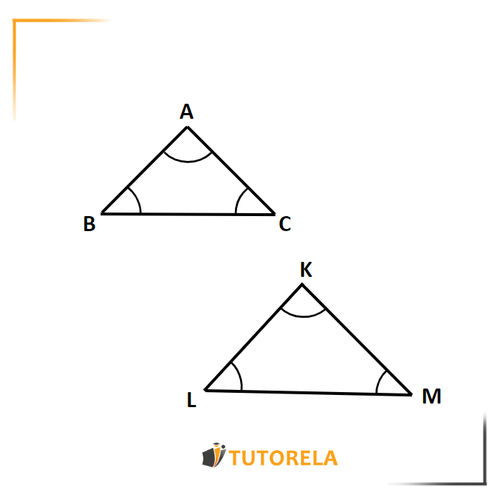Similar triangles are triangles for which there is a certain similarity ratio, that is, each of the sides of one triangle is in uniform proportion to the corresponding side in the other triangle. In addition, the angles at the same locations are also equal for the two similar triangles.
Similar Triangles Practice Problems & Solutions Online
Master similar triangles with interactive practice problems. Learn AA, SAS, SSS criteria, similarity ratios, and area relationships through step-by-step solutions.
- Apply AA, SAS, and SSS similarity criteria to prove triangles are similar
- Calculate similarity ratios between corresponding sides of similar triangles
- Find missing side lengths using proportional relationships in similar triangles
- Determine areas of similar triangles using the square of similarity ratios
- Solve real-world problems involving similar triangles and scale factors
- Identify corresponding angles and sides in similar triangle pairs
Understanding Similar Triangles
What is triangle similarity?
How do you prove the similarity of triangles?
To prove the similarity of triangles it is common to use one of three theorems:
- Angle-angle (i.e., two pairs of equal angles in triangles).
- Side-angle-side (similarity ratio of two pairs of sides in triangles and the angles trapped between them are equal)
- Side-side-side (similarity ratio of three pairs of sides in triangles).

Similarities of triangles are expressed with the sign .
Practice Similar Triangles
Are similar triangles necessarily congruent?
Examples with solutions for Similar Triangles
Angle B is equal to 40°
Angle C is equal to 60°
Angle E is equal to 40°
Angle F is equal to 60°
Are the triangles similar?
Given that the data shows that there are two pairs with equal angles:
The triangles are similar according to the angle-angle theorem, therefore triangle ABC is similar to triangle DEF.
Answer:
Yes
Look at the two triangles below:
Angle B is equal to angle E.
Angle A is equal to angle D.
Which angle corresponds to angle C?
As we have two pairs of corresponding angles, we will use the angle-angle theorem for triangle similarity.
Now that we know all angles are equal to each other, we note that the remaining angle that is equal and corresponds to angle C is angle F.
Answer:
Look at the following two triangles:
Angles B and D are equal.
Angles A and F are equal.
Which side corresponds to AB?
As we have two equal angles, we will use the angle-angle theorem to simulate triangles.
We will compare the vertices:
According to the data it seems that:
Side AC corresponds to side EF.
Side BC corresponds to side DE.
Therefore, side AB corresponds to side FD.
Answer:
Angle B is equal to 70 degrees
Angle C is equal to 35 degrees
Angle E is equal to 70 degrees
Angle F is equal to 35 degrees
Are the triangles similar?
The triangles are similar according to the angle-angle theorem.
Having two pairs of equal angles is sufficient to conclude that the triangles are similar.
Answer:
Yes
Look at the two triangles below:
Angle B is equal to angle F.
Angle C is equal to angle D.
Which angle corresponds to angle A?
We use the angle-angle theorem to simulate triangles.
Let's observe the data we already have:
Angles B and F are equal.
Angle C is equal to angle D.
Therefore, the remaining angles must also be equal: angles A and E.
Answer: